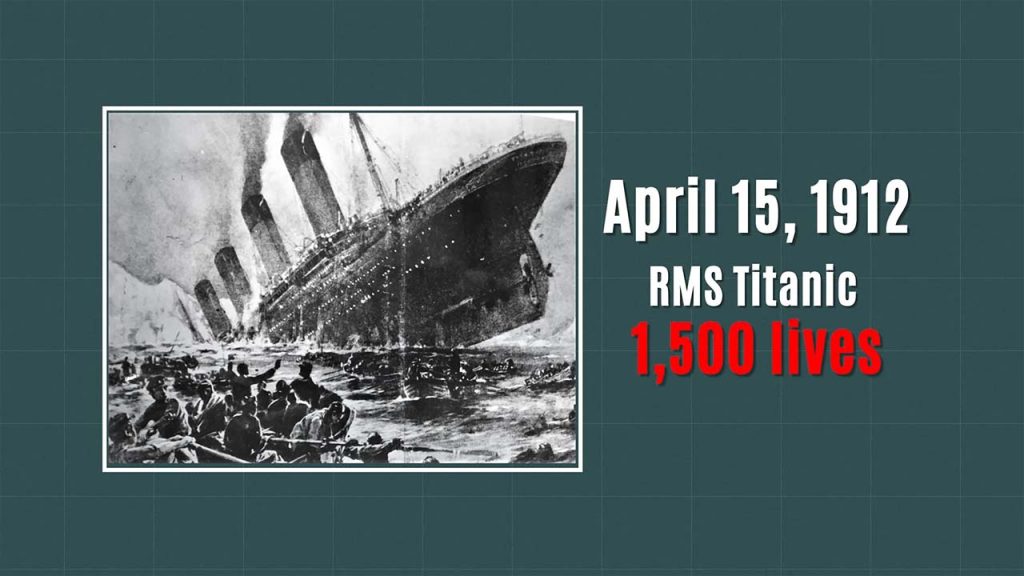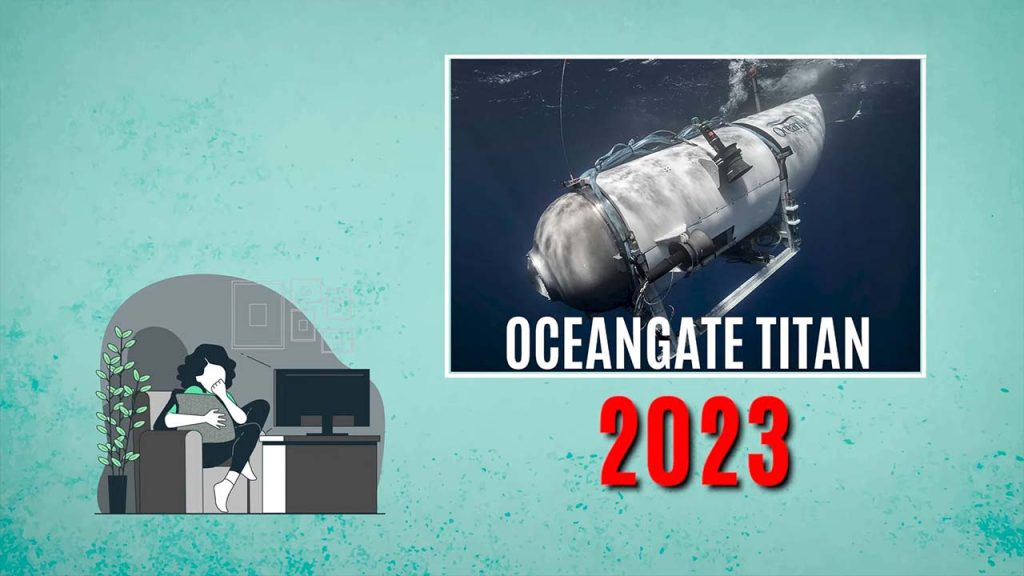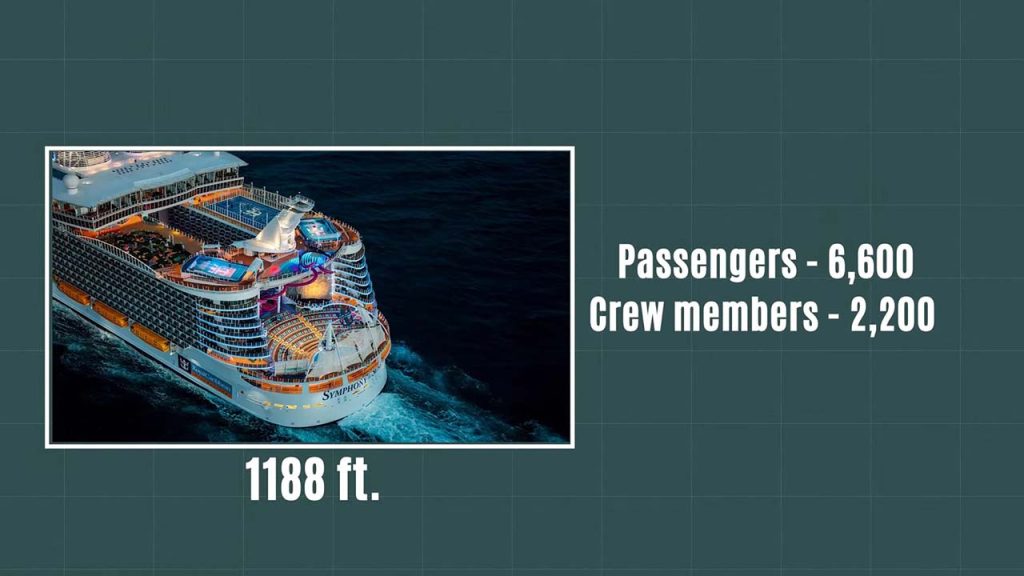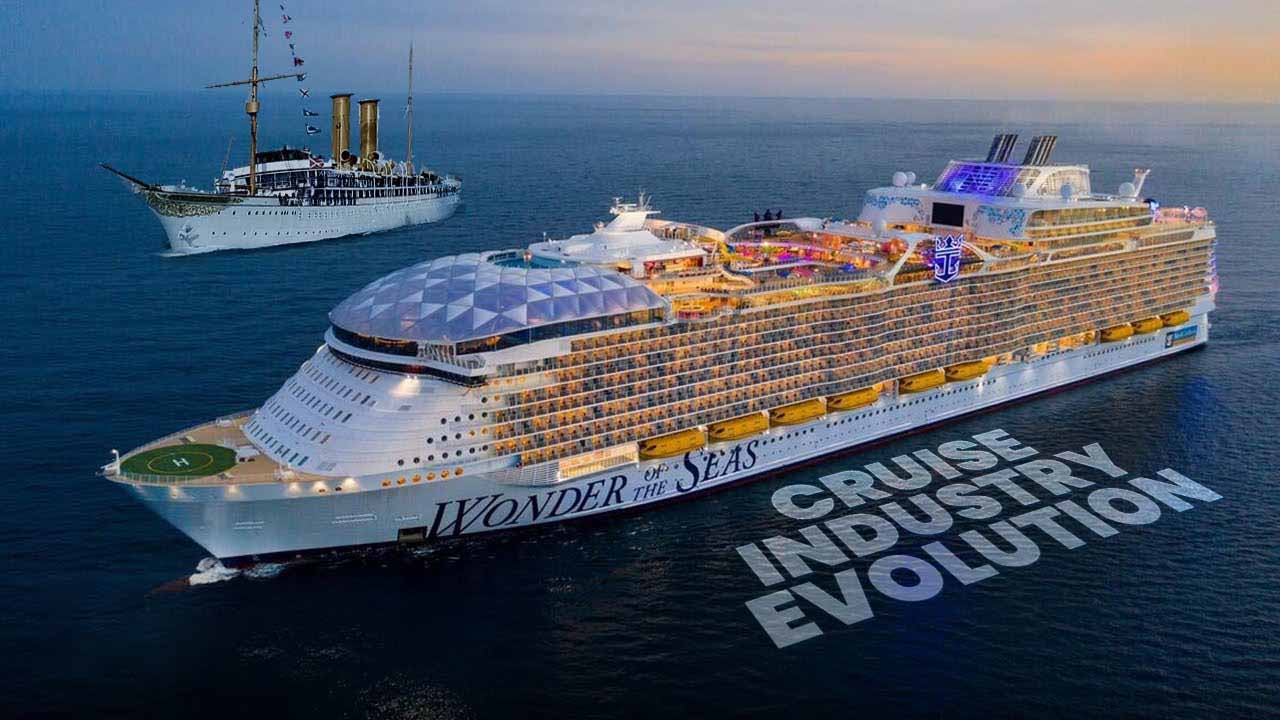A whopping $18 Billion! Yes, that’s how much revenue the cruise industry generated in 2022, and it’s expected to reach over $25 Billion by the end of 2023! Speaking of that, in the age of Oceangate Titan, the cruise industry is not something one can take lightly.
And if you could recall the devastating shipwreck of the mighty Titanic, you need to look back to 1912. Ever since the sinking of the seemingly unsinkable Titanic, the cruise industry has not been the same. So today, we will get an idea of the powerful Cruise Industry, and delve into the operation of giant cruise ships while reflecting on the stats.
Backstory
In the realm of travel, there is one transport industry that insists on emphasizing a journey itself – the cruise ship industry. Unlike other forms of travel, cruises offer an unmatchable experience that combines luxurious accommodations with a multitude of entertainment options.
Cruise ships have a history that dates back to the mid-1800s. In the year 1819, the S.S. Savannah made history as the first cruise vessel to cross the Atlantic from a U.S. port. It took 29 days to reach England, and this voyage marked the beginning of a new era in marine travel. To talk about the first commercial cruise, it started with the “Prinzessin Victoria Luise” in 1901. Since then, the industry has grown exponentially, and gradually became a global phenomenon. But, one tragic accident shook up the entire world. On the fateful night of April 15, 1912, the RMS Titanic collided with an iceberg, resulting in the loss of more than 1,500 lives.

This devastating event not only led to the creation of improved maritime safety regulations but also changed the cruise industry forever. Lessons learned from the disaster prompted advancements in ship design, passenger safety protocols, and the establishment of the International Ice Patrol in 1914 to monitor the presence of icebergs in the Atlantic and Arctic oceans to get movement reports for safety purposes.
Shockingly enough, a more recent unfortunate event took the world by storm – the Oceangate Titan tragedy of 2023. This incident serves as a stark reminder of the ongoing importance of safety in the cruise industry. It serves as a somber reminder that even with modern advancements, unforeseen challenges can arise at the deep sea. Such tragedies lead to a collective reevaluation and reinforce the industry’s commitment to enhancing stringent safety protocols.

Giant Cruise Ships
Now, let’s talk about giant cruise ships that emulate small cities at sea. Well, stepping aboard a modern cruise ship will make anyone feel like they’re entering a world of opulence and grandeur. When it comes to luxury mega cruise ships, the facilities are simply awe-striking! They provide exclusive amenities such as restaurants, bars, water parks, Broadway shows, sports facilities, and much more. With indulgences like unlimited alcohol, bottomless French fries, and endless pizza, it’s no wonder that cruises rely on extravagant offerings to entice travelers.
These floating cities, like the Symphony of the Seas launched in 2018, redefine luxury with their remarkable features. Spanning 1,188 feet, accommodating over 6,600 passengers and 2,200 crew members, and boasting unrivaled amenities, these colossal vessels are worth the investment. By the way, doesn’t it give rise to questions like, how to operate such luxurious sea vessels?
Behind the scenes, the operation of these immense vessels is a feat of engineering prowess. Keeping a cruise ship running smoothly is akin to managing a small city. Cruise ships utilize powerful engines and advanced propulsion systems to navigate the vast oceans. The advent of GPS technology in the 1990s revolutionized ship navigation, providing precise positioning and enhancing safety on the high seas.

Cruise Industry
Moving on to the cruise industry, it is more colossal than one might assume. The United States was the leading passenger source country in the global cruise industry in 2019. That’s when roughly 48 percent of cruise passengers were sourced from there. With long coastlines and access to nearby ports in the tropical Caribbean Sea, US was the world’s leader in cruise revenue. Meanwhile, Germany was the second leading market, as almost 9 percent of global cruise travelers were from there. Regarding revenue, Statista said, the cruise industry revenue worldwide amounted to over 18 billion U.S. dollars in 2022, a significant increase compared to the previous years.
Within this market, three major players dominate Royal Caribbean, Carnival, and Norwegian Cruise Line. Royal Caribbean currently has the world’s largest cruise ship Wonder of the Seas, which was built in 2022. This mammoth of a ship can accommodate more than 9200 passengers, including crew members. It’s equipped with multiple pools, water slides, zip line, rock climbing, basket ball court, ice skating rink, bars, nightclub, casino, and multi-cuisine restaurant options.
Additionally, the same company holds the badge of honor for creating the Allure of the Seas, the most expensive cruise ship worldwide as of November 2022. This extravagant ship is a marvel of engineering that can accommodate over 6700 passengers. With several pools, hot tubs, a fitness center, mini golf, theaters, numerous bars, restaurants, Central Park, a boardwalk and more, this luxury cost around a whopping 1.5 billion U.S. dollars to build. As a matter of fact, the four most expensive cruise ships in the world breached the 1 Billion Dollar mark!
For more reference, it requires 2,400 staff members’ effort to keep Royal Caribbean’s Symphony of the Seas sailing. Another interesting thing! A 7-day cruise with 3,000 passengers consumes around 21,000 pounds of beef, 16,000 pounds of chicken, and 100,000 eggs. Guess how many meals chefs whip up each day? 30,000 meals! And all the waste onboard is dealt with in crew-only areas in discretion. That means efficient logistics and careful planning are vital to ensure an unforgettable experience for passengers.

Modern Safety Measures
The cruise industry has gone through a huge evolution in the past century. Today, passenger safety is of paramount concern in the entire cruise industry. Cruise ships employ advanced technologies such as sonar systems and radar to detect potential hazards. Mandatory safety drills and comprehensive emergency response plans guarantee that passengers and crew are well-prepared to face any unforeseen circumstances.
Our Takeaway
Overall, cruise industry has come a long way since its early days, transforming into a world of luxury and adventure. From the engineering marvels that power these floating cities to the meticulous logistics behind daily operations, the cruise industry continues to attract travelers worldwide. So, plan to hop on a remarkable vessel, and be ready to enjoy a safe and unparalleled experience at sea!










Leave a Comment